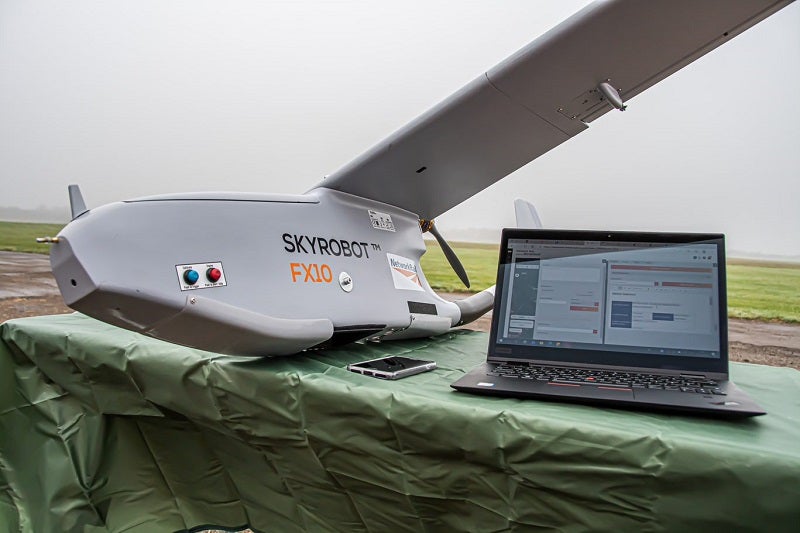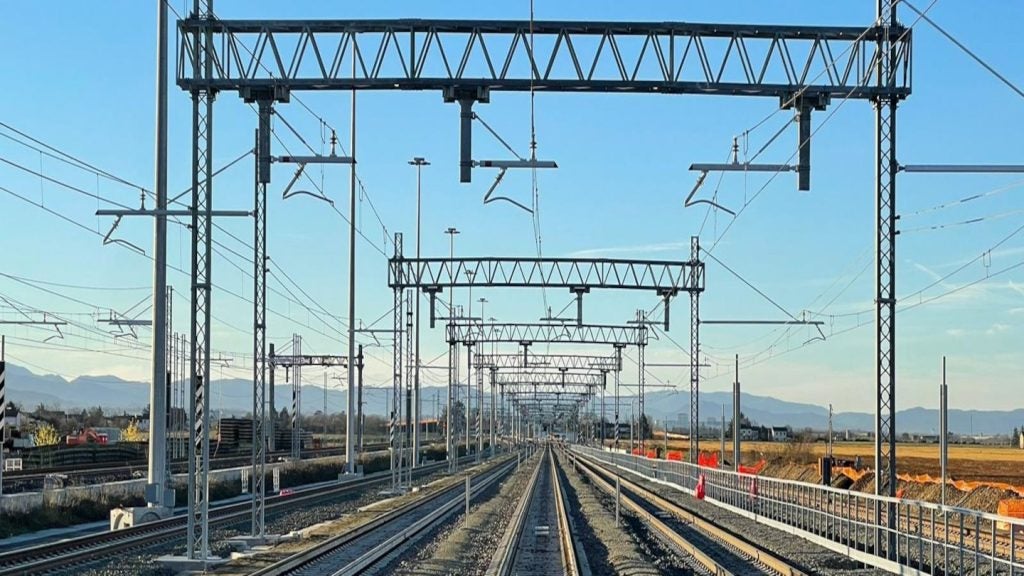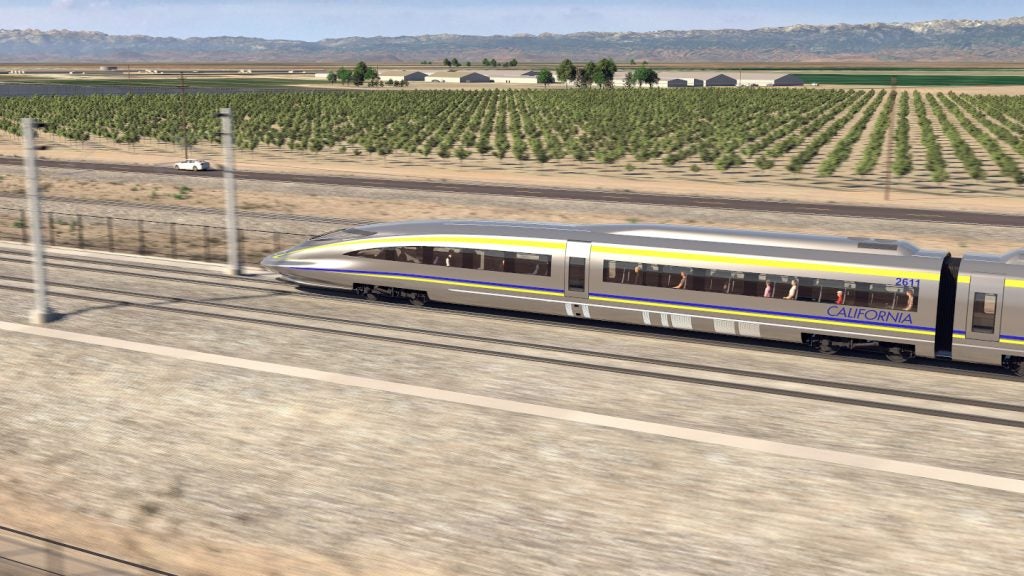
Network Rail in the UK has completed a 25km Beyond Visual Line of Sight (BVLOS) drone flight over dry land, which is said to be the longest distance for such civilian drone flight in the country.
With 18 months of work, the proof-of-concept flight flew from Bicester along the East West Railway.
Network Rail has been using drones and helicopters to detect faults on the railway, forecasting and averting failures to minimise disruption for commuters.
As a safer form of maintenance, it also helps reduce the number of manual inspections.
Before this, drones were being flown above the railway, usually for 4km-5km at a time and when they were visible to the operator.
The latest development will allow Network Rail’s air operations team to examine a larger area of the railway while saving time and expenses.
How well do you really know your competitors?
Access the most comprehensive Company Profiles on the market, powered by GlobalData. Save hours of research. Gain competitive edge.

Thank you!
Your download email will arrive shortly
Not ready to buy yet? Download a free sample
We are confident about the unique quality of our Company Profiles. However, we want you to make the most beneficial decision for your business, so we offer a free sample that you can download by submitting the below form
By GlobalDataNetwork Rail air operations head Rikke Carmichael said: “While flying Beyond Visual Line of Sight will ultimately provide us with much greater capability, it is worth emphasising that this was a proof-of-concept flight, and that a shift to using BVLOS as business as usual will take some time.
“Nonetheless, yesterday was an important milestone and I’d like to thank my team for all their hard work on this project over the last couple of years. We’ll now turn our attention to agreeing a strategy for using drones both VLOS and BVLOS, after which we will want to engage with industry for the next exciting phase of BVLOS becoming another routine service the Air Ops team provides the business.”
A Network Rail helicopter also flew along with the drone to assess compatibility.
It was concluded that the drone and helicopter worked together effectively.
The helicopter gathered data, which will now be utilised to develop a ‘digital twin’ of the railway that was flown over.
In July, Network Rail invested around $3.6m (£2.6m) to minimise the gap between trains and platforms at Balham station with the aim of reducing delays and increasing safety.






